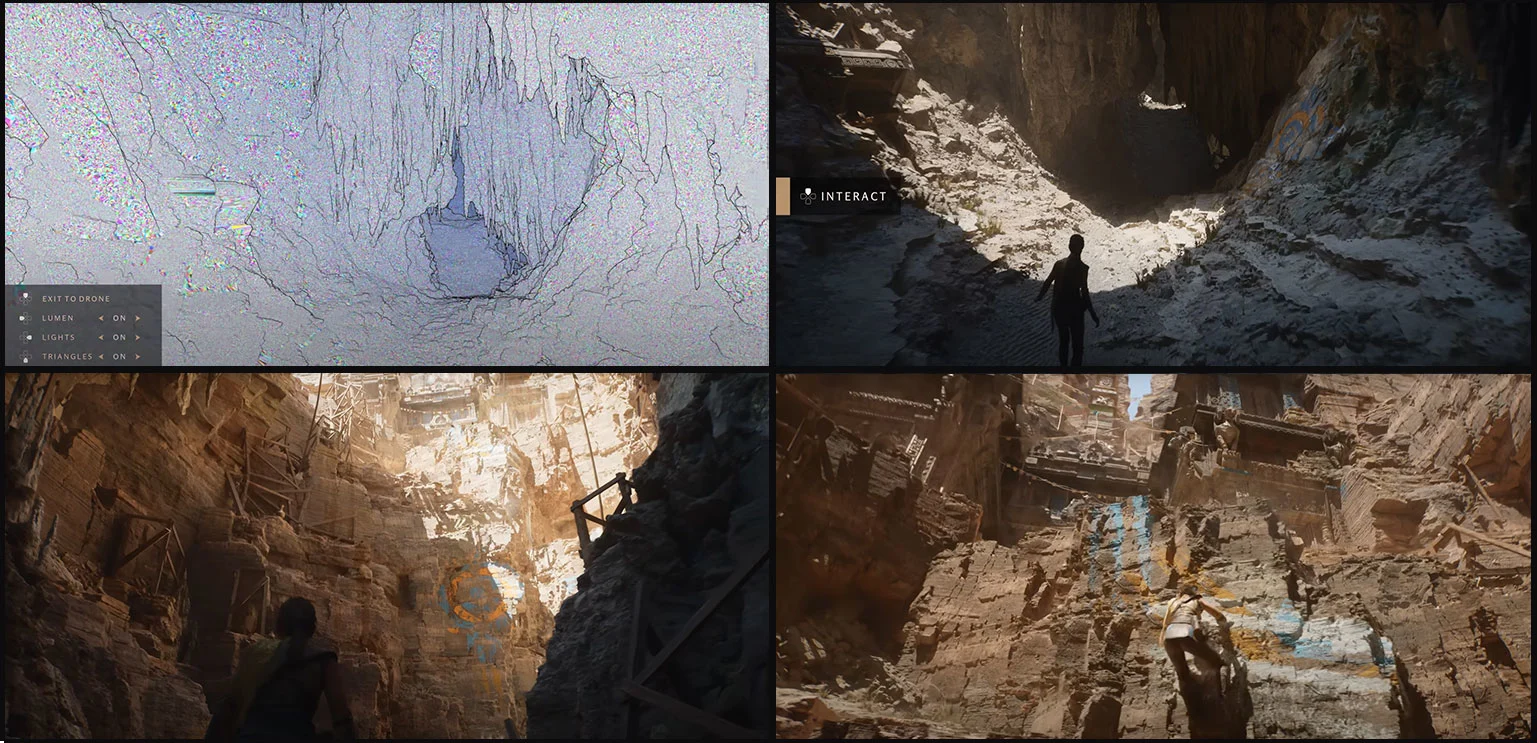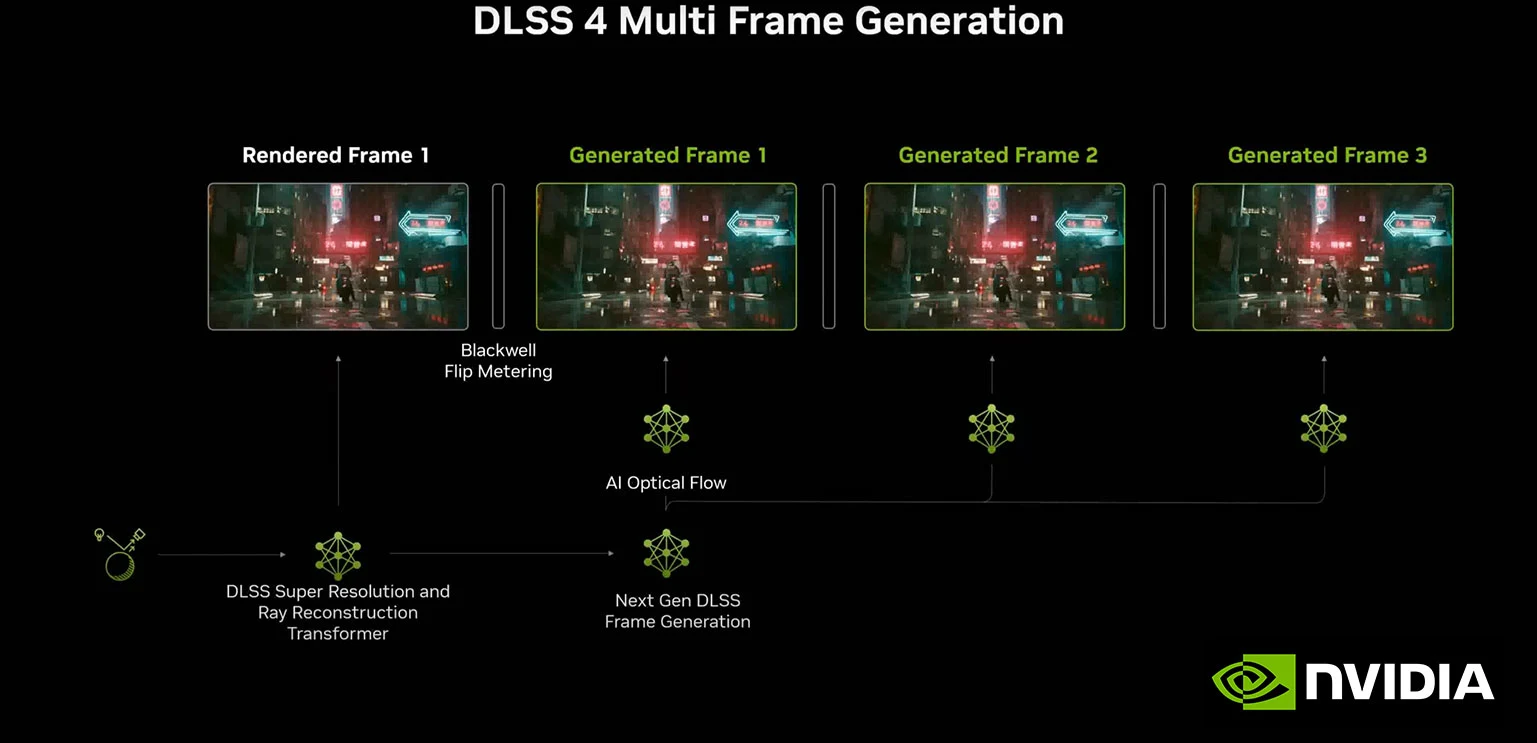Real-Time Rendering's Impact on Games | Gamix Labs
In the fast-paced world of game development, staying ahead of technological trends is crucial. One innovation that’s transforming the landscape is real-time rendering. From creating hyper-realistic environments to enhancing player immersion, this technology is redefining what’s possible in gaming.
At Gamix Labs, we’re always exploring new ways to push creative boundaries and deliver unforgettable experiences. Let’s dive into how real-time rendering is changing the game—literally.

What is Real-Time Rendering?
In simple terms, real-time rendering is the process of generating images or frames instantly as a player interacts with the game. Unlike pre-rendered graphics, where visuals are created beforehand, real-time rendering allows for on-the-fly adjustments, meaning what players see responds immediately to their actions.
This technology powers some of the most visually stunning games today, making experiences smoother, more interactive, and visually immersive.
The Impact on Game Development
🎮 Hyper-Realistic Visuals
Real-time rendering allows developers to create dynamic lighting, reflections, and shadows that react instantly to gameplay. This leads to more realistic worlds—whether it’s a sunlit jungle scene or the glowing reels of a casino slot game.
⚡ Faster Development Cycles
With real-time feedback, artists and developers can instantly see the results of their changes. This eliminates the need for time-consuming pre-rendering processes and speeds up the creative workflow.
🔄 Interactive Storytelling
Games can now respond to player choices in real-time, enhancing immersion. This opens the door for deeper storytelling elements and personalized gaming experiences.
💰 Cost-Effective Production
Since assets don’t need to be rendered multiple times, developers save time and resources, making real-time rendering a cost-efficient solution for large-scale game projects.
Why Real-Time Rendering Matters for Slot Games
In the world of online and land slot games, visuals are everything. Eye-catching animations, seamless transitions, and interactive features are essential for player engagement. Real-time rendering brings several benefits to slot game development:
- Dynamic Animations: Real-time effects make spins, bonuses, and jackpots more thrilling.
- Immersive Themes: Themes like Egyptian, zombie, or ocean slots come to life with realistic lighting and animations.
- Enhanced Performance: Real-time rendering ensures smooth gameplay across devices, from mobile phones to high-end slot machines.
The Future of Gaming: What’s Next?
As technology advances, real-time rendering will continue to evolve, driven by developments in AI, machine learning, and cloud gaming. We can expect:
- Even more realistic visuals with ray tracing and advanced lighting effects.
- Cross-platform consistency for seamless experiences on mobile, console, and desktop.
- Increased use in VR and AR for fully immersive gaming environments.

How Gamix Labs Is Leading the Way
At Gamix Labs, we’re harnessing the power of real-time rendering to create stunning visuals and unforgettable gaming experiences. Whether it’s for mobile games, online slots, or land slot machines, our team is committed to staying at the forefront of game development innovation.
Final Thoughts
Real-time rendering isn’t just a trend—it’s a game-changer that’s reshaping the entire industry. From faster development times to visually breathtaking worlds, this technology is setting new standards for what’s possible in gaming.
Looking to develop visually stunning slot games? Gamix Labs is here to turn your ideas into reality with cutting-edge real-time rendering technology.
What is real-time rendering in games?
Real-time rendering means the game draws each frame on the fly as you play, so lighting, shadows and effects change instantly with your actions — unlike pre-rendered graphics that are made ahead of time.
How does real-time rendering help game development?
It gives creators instant feedback, speeds up iteration, and lets artists tweak visuals live. That cuts development time and makes it easier to craft dynamic scenes and interactive storytelling.
Is real-time rendering useful for slot and mobile games?
Yes — when optimized. Real-time effects make spins, bonuses and themes feel more exciting, but you must tune textures, LODs and shaders so performance stays smooth on phones and tablets.
Will real-time rendering always make a game look better?
Usually it improves realism (dynamic lighting, reflections), but final quality depends on hardware and art direction. Advanced features like ray tracing look great on high-end machines but need scaled versions for weaker devices.
How can studios start using real-time rendering?
Pick a modern engine (Unity/Unreal), train artists in PBR workflows, use profiling tools to optimize, and consider cloud or scalable shaders for low-end devices. Start small, prototype, then expand.